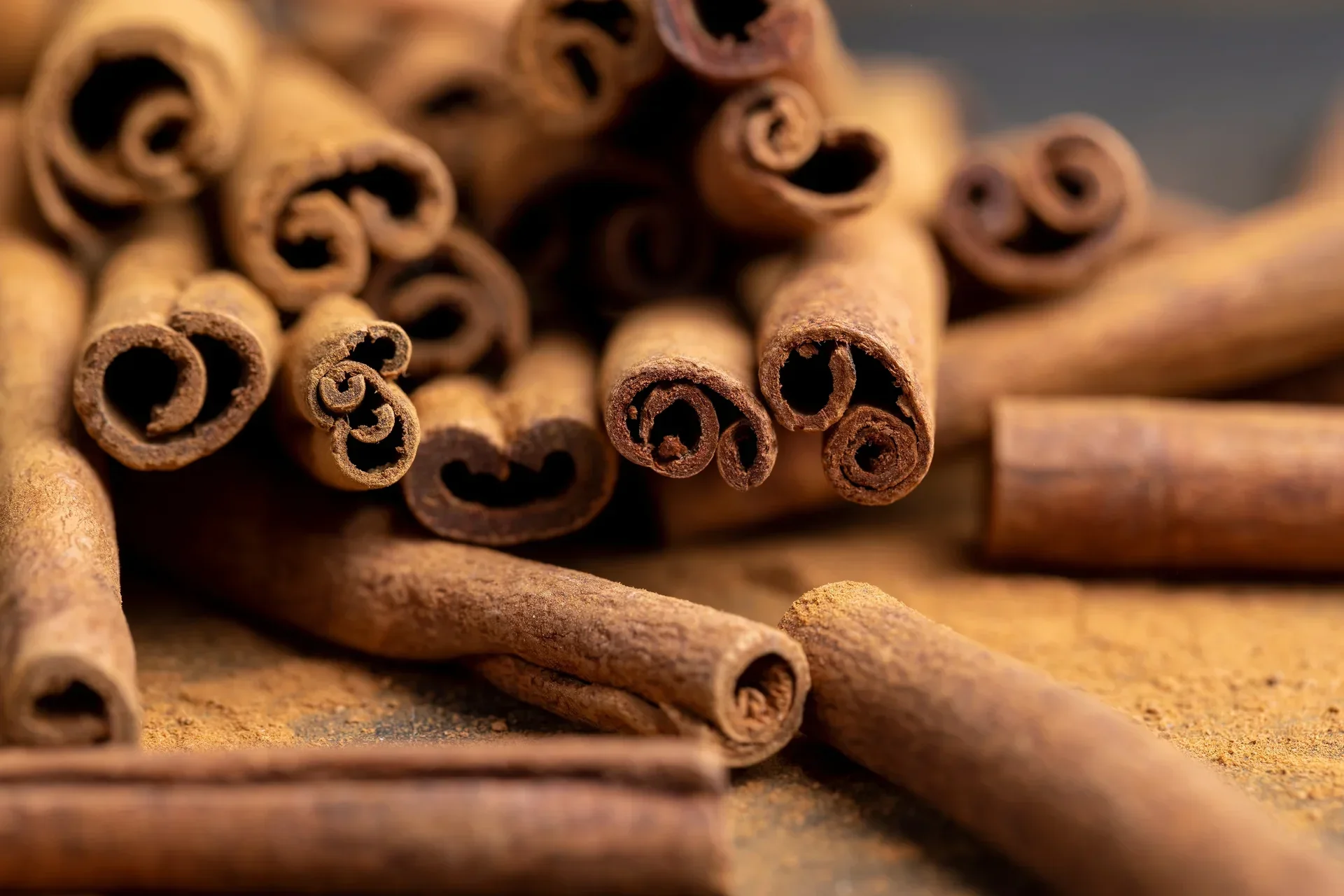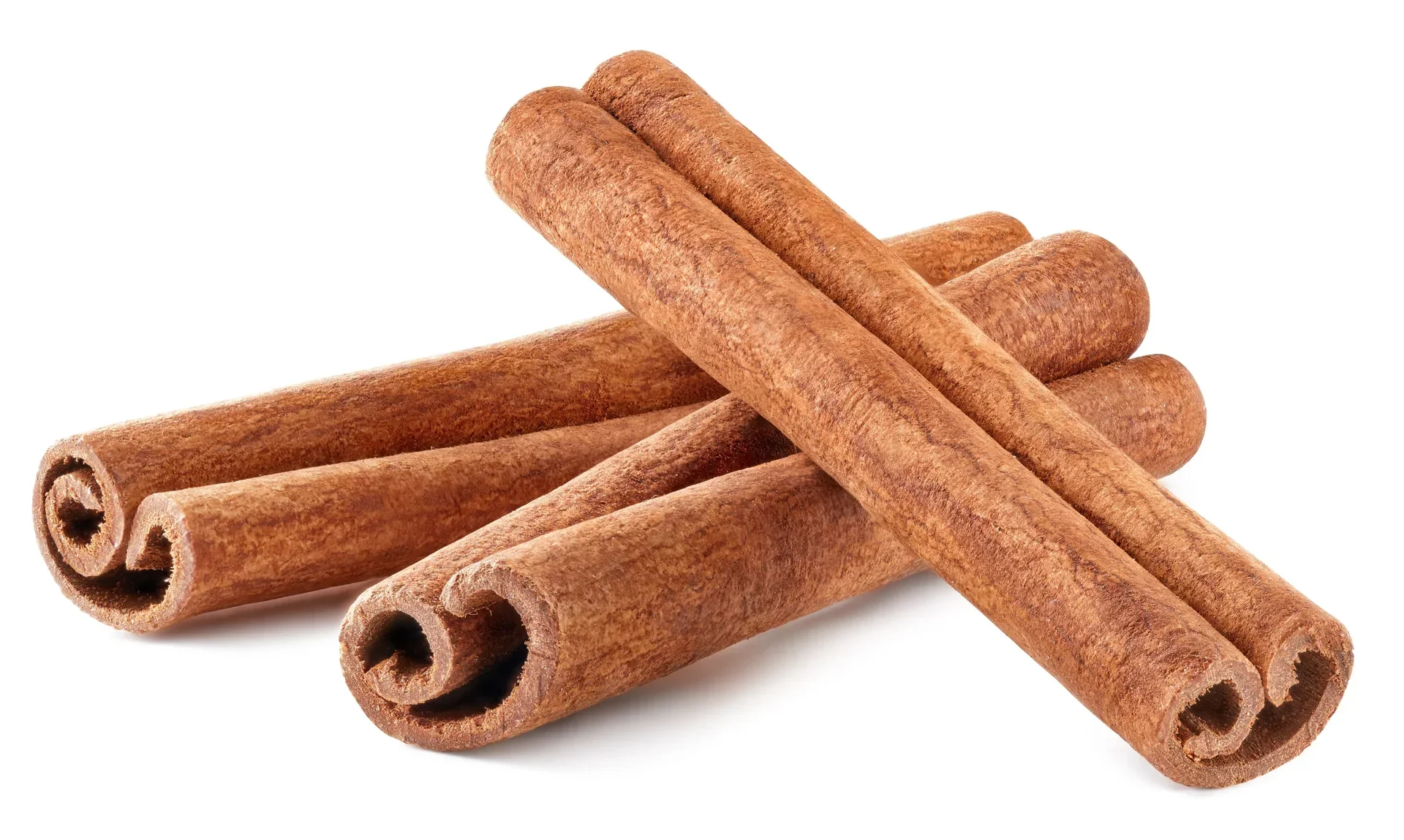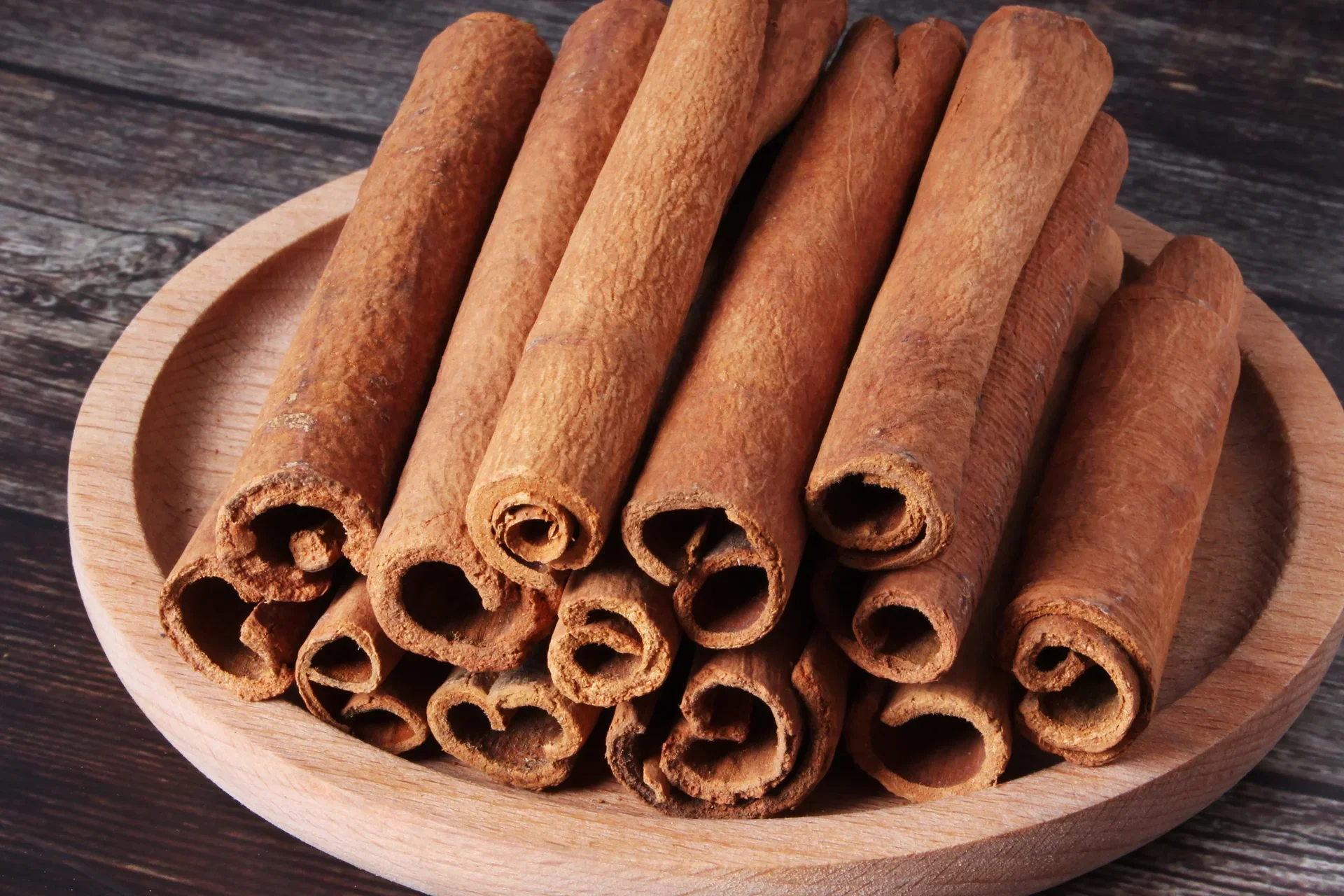Detailed Product Description
Botanical Characteristics
Cinnamon Bark comes from the evergreen tree Cinnamomum cassia of the Lauraceae family, 12-17 meters tall. The bark is grayish-brown and aromatic. The leaves are alternate, leathery, elliptic to nearly round, 8-17 cm long, 3.5-6 cm wide, with acute apex, obtuse base, obvious triple-veined, entire margin, and glabrous on both surfaces.
The panicle is axillary, with small, yellowish-green flowers and 6 perianth segments. The fruit is elliptic, about 1 cm long, and purplish-black. The bark is 0.2-0.8 cm thick, with a grayish-brown outer surface, reddish-brown inner surface, solid texture, fibrous cross-section, and strong cinnamon aroma. The flowering period is from June to August, and the fruiting period is from October to December.
Growing Environment
Cinnamon prefers warm and humid tropical and subtropical climate, suitable for growing in areas with an annual average temperature of 19-26°C. Our Cinnamon cultivation bases are located in mountainous areas of Guangxi, Yunnan and other places, where the climate is mild and rainfall is abundant, providing good conditions for cinnamon growth.
Cinnamon is not strict about soil requirements, but deep, fertile, well-drained acidic or neutral soil is preferred. We choose to plant in mountainous areas at altitudes of 200-1500 meters, utilizing natural conditions in mountainous areas and adopting ecological planting methods to ensure that cinnamon bark has a strong aroma and superior quality.
Harvesting and Processing
Cinnamon bark begins to be peeled when the tree is 8-10 years old, usually in spring and summer. After peeling, the bark needs to be processed immediately, removing the outer rough bark and retaining the inner high-quality cinnamon bark. We use a combination of traditional crafts and modern technology to ensure the aroma and active ingredients of cinnamon bark.
Cinnamon bark processing includes grading, cutting, drying, packaging and other processes. We strictly process according to Chinese herbal medicine quality standards, testing key indicators such as volatile oil content, moisture, ash content of products to ensure that each batch of products meets export quality requirements.
Quality Characteristics
High-quality Cinnamon bark is trough-shaped or tubular, 30-50 cm long, 2-7 cm wide or in diameter, 0.2-0.8 cm thick. The outer surface is grayish-brown, slightly rough, with irregular fine wrinkles and transverse protruding lenticel scars, the inner surface is reddish-brown, relatively smooth with fine longitudinal lines. The texture is solid, the cross-section is fibrous, with a strong aroma, sweet and pungent taste.
Our Cinnamon bark comes from high-quality production areas such as Guangxi and Yunnan, selected from cinnamon trees of appropriate age, with rich aroma and high active ingredient content. Products are strictly processed according to Chinese herbal medicine quality standards, have passed safety tests for heavy metals, pesticide residues, and meet export requirements.




